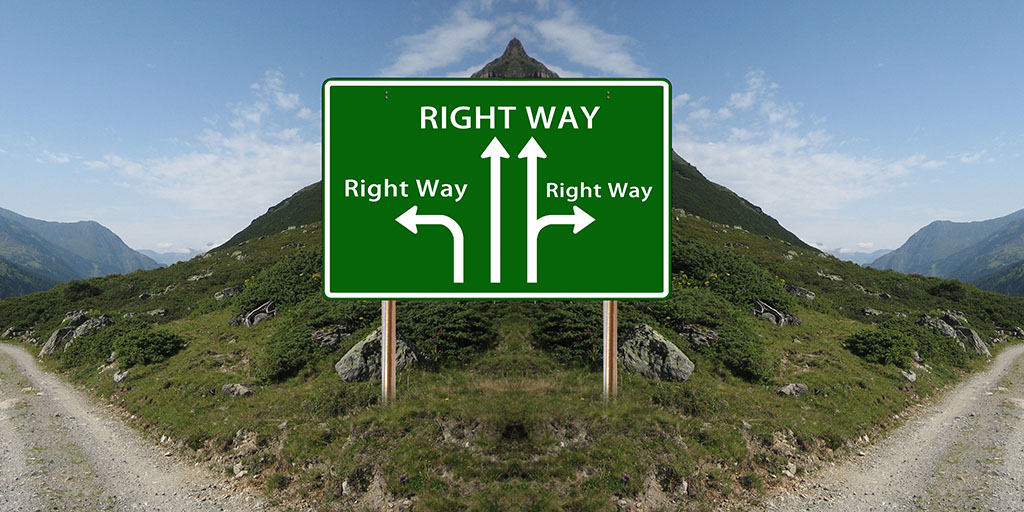Strategic decision-making is critical to the success of any business. Managers should understand how people make decisions and adapt accordingly to take the first step toward success and maximize their prosperity. Alternate
Strategic decision-making is at the forefront of any business manager’s or leader’s agenda. It is part of everyone’s daily life. People make decisions in a variety of situations without considering the underlying process they apply. What is the foundation upon which you make decisions? When writing about decision-making, authors typically assume that people make decisions using the principle of rationality unless rationality does not apply. Rationality theory is formally called expected utility theory.
There are two viewpoints to consider when thinking about decision-making. Is this a decision I am making on my own, or is it impacted by someone else’s decision? Deciding to go for a walk after work is a decision you can make on your own, implicitly or explicitly, using your favorite decision-making framework. However, if you want to buy groceries, your decision depends on someone else deciding which groceries to sell and at what price. In the latter case, you must therefore understand and exploit someone else’s decision-making framework.
WHAT COMPRISES A DECISION-MAKING THEORY?
The most prominent decision-making theories are i) expected utility theory, ii) bounded rationality theory, and iii) prospect theory.
Consider the decision to hire a new employee as an example. The set of candidates for the role defines the solution space. The hiring manager defines a job profile (hard utility) and the sought-after culture (soft utility) as a utility function against which to evaluate potential candidates. Finally, the decision variable is whether to hire a particular candidate. In addition, the hiring manager’s decision is not completely autonomous; their decision is influenced by how the candidates present themselves. Therefore, understanding the hiring manager’s decision-making theory allows the candidate to adjust accordingly and vice versa. The interrelationship of decision-making theories by different stakeholders complicates successful decision-making further.
EXPECTED UTILITY THEORY
Initially advanced by Daniel Bernoulli, expected utility theory states that every decision follows the rationality criteria. This means that, given a set of possible choices and an associated utility function, any rational human being will choose the outcome that maximizes probability-weighted utility. For example, if a company can sell five units of a product at $300, ten units at $100, or 400 units at $5, assuming there are no fixed costs, the firm will set the price at $300. People typically believe that expected utility theory is the best decision-making approach. However, is this true or even feasible? And, when it comes to actual decisions made, do people always maximize expected utility? Although answering “yes” to all these questions would make life much easier, the answer is often “no!”
BOUNDED RATIONALITY THEORY
The idea behind bounded rationality theory stems from Nobel Prize winner Herbert A. Simon. It is rooted in the observation that humans are incapable of ingesting all the information necessary to make a rational decision. Decisions are often made based on the principle of “good enough.” Bounded rationality addresses a shortcoming of expected utility theory by recognizing the cost of gathering and processing information. Consider the employee hiring example once more. Most, if not all, firms hire employees who meet a specific job description and score above a predetermined threshold on a predefined utility function. The candidate matching the firm’s hiring utility function will succeed. From the candidate’s perspective, this means understanding the applied threshold and ensuring they are among the first candidates to meet it. Exceeding it or submitting a late application will not help the candidate get the job. Bounded rationality theory helps understand human decision-making, but it still falls short!
PROSPECT THEORY
Amos Tversky and Nobel laureate Daniel Kahneman expanded upon Simon’s work by introducing prospect theory. An important feature of their theory is that it considers the context in which humans make decisions. It is based on how people actually decide rather than on how they should decide. It is founded on four key observations:
- People excessively weight assured outcomes relative to probable outcomes.
- People are risk-averse when faced with gains but risk-seeking when faced with losses.
- People simplify decision-making by focusing on differences rather than commonalities.
- When making decisions, people evaluate their options in relation to a reference point (usually the status quo.)
SO WHAT?
The decision-makers’ dilemma is what to do with these observations about how people make decisions.
- It is fair to assume that most people make decisions consistent with prospect theory.
- The more the decision-making process is quantified and de-personalized, the better expected utility theory applies.
- There is a fundamental difference between how people truly and how they should make decisions.
- When making strategic decisions, firms should exploit their opponent’s decision-making process weaknesses and focus on maximizing their utility function.
